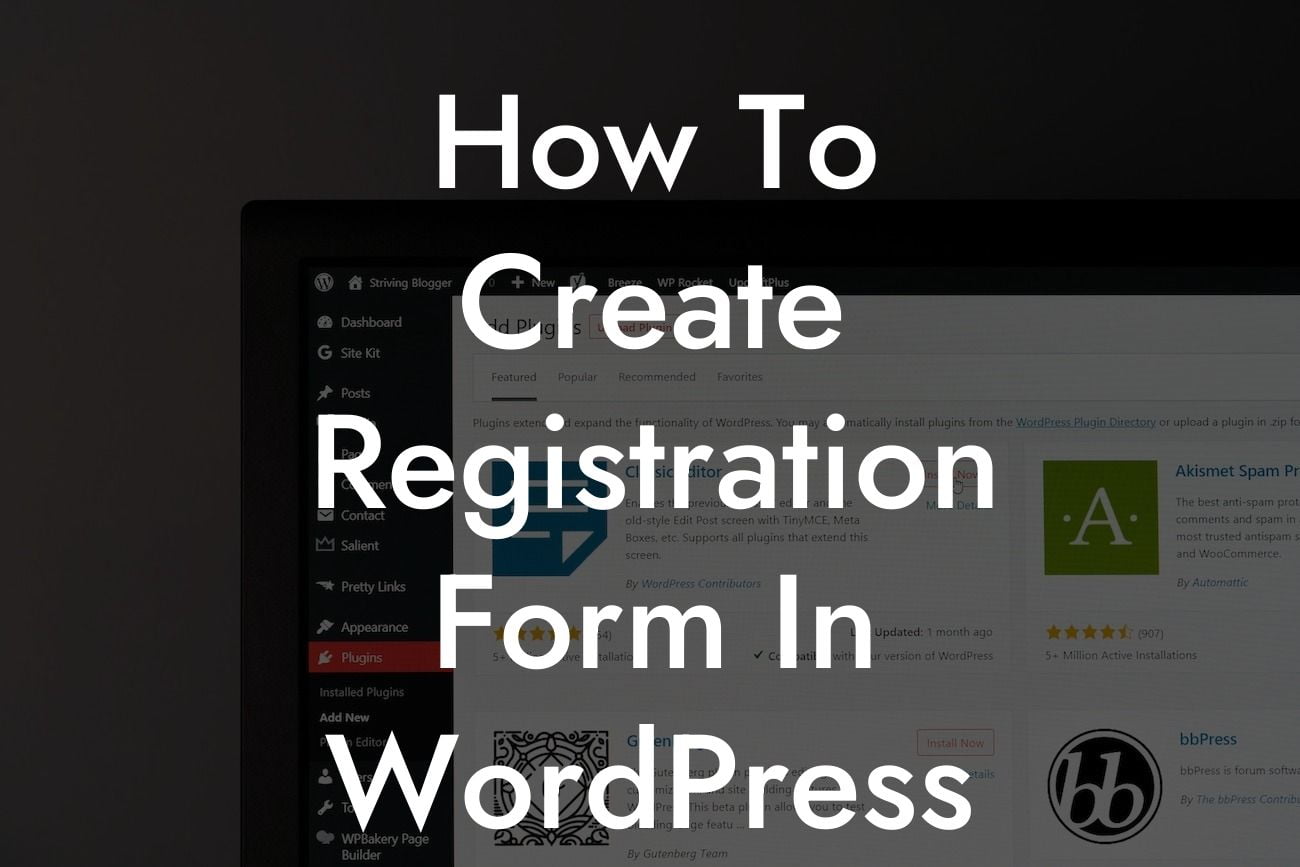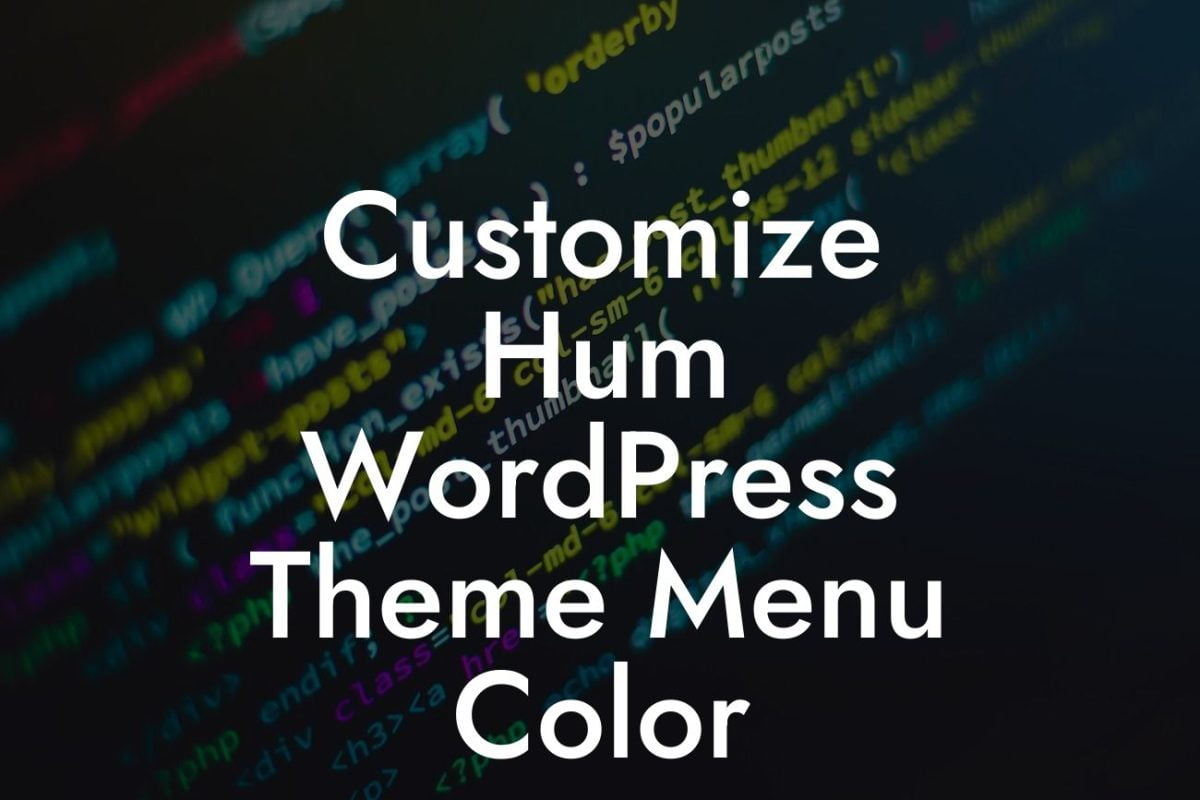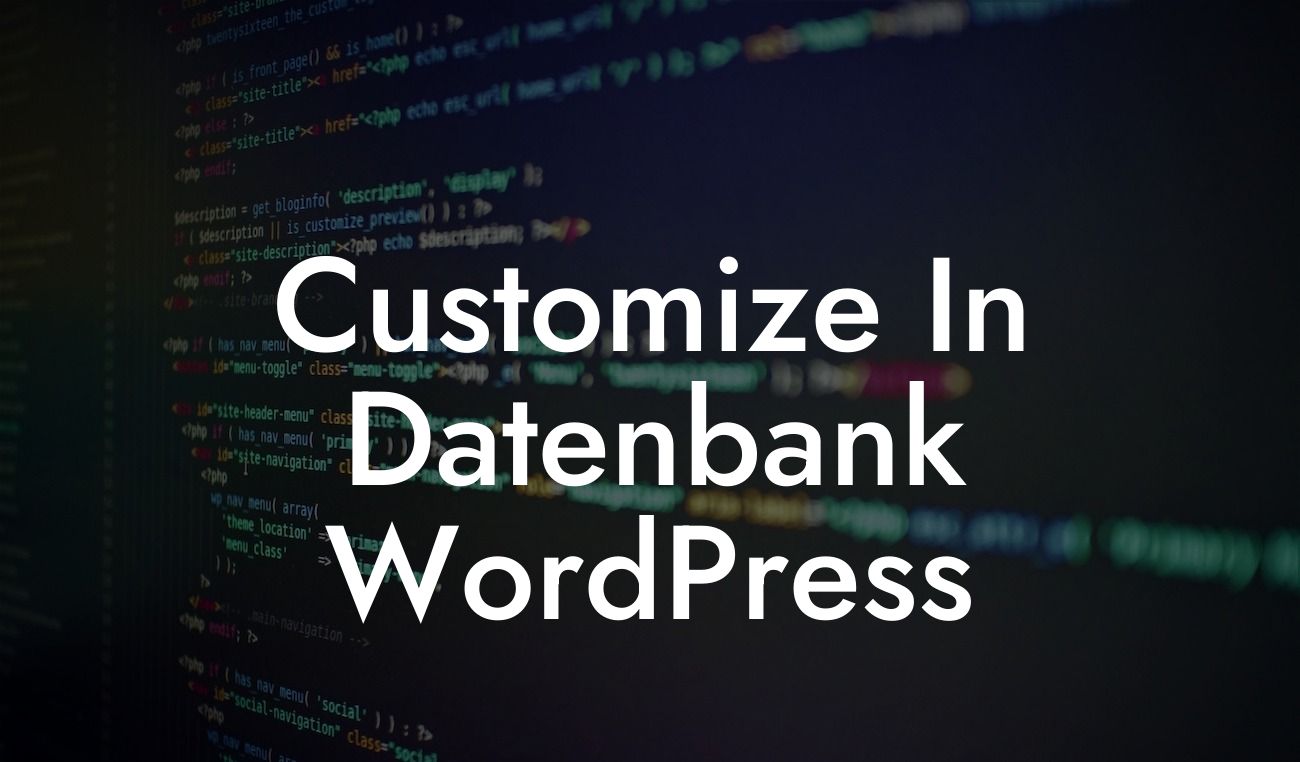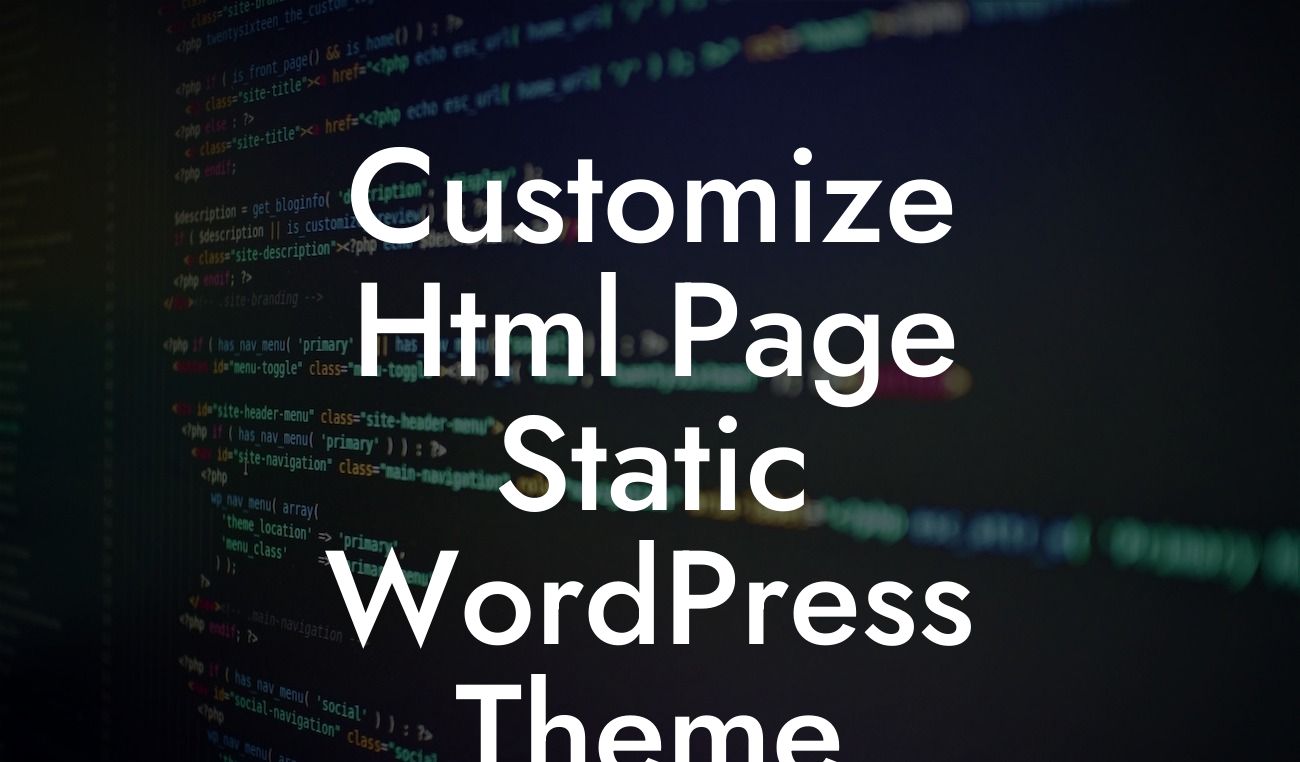Do you want to create a custom registration form in WordPress but don't want to rely on plugins? Well, you're in the right place. In this guide, we will walk you through the process of creating a registration form without using any plugins. Whether you're a small business owner or an entrepreneur, having a custom registration form can significantly elevate your online presence and streamline your user registration process. Say goodbye to generic forms and embrace the extraordinary. So, let's dive right in!
Creating a custom registration form in WordPress requires a bit of technical knowledge, but don't worry, we'll break it down into simple steps for you. Here's how to do it:
1. Customize Your Theme's Registration Template:
To begin, you'll need to locate and modify your theme's registration template. This template is usually located in the "wp-content/themes/your-theme-name" directory. By modifying this template, you can add or remove fields, change the layout, and define the registration form's appearance to match your brand.
2. Create a Custom User Registration Page:
Looking For a Custom QuickBook Integration?
Next, create a new page in WordPress and name it something like "Register" or "Join Us." This will serve as the landing page for your custom registration form. In the page editor, add the registration template code to display the form. You can use HTML, CSS, and WordPress template tags to design the form elements and customize it to meet your requirements.
3. Validate User Input and Handle Form Submissions:
Now that your registration form is ready, it's essential to validate user input and handle form submissions securely. You can use PHP code to validate and sanitize user data to prevent any malicious activities. Additionally, you'll need to implement the necessary code to handle form submissions, create user accounts, and send registration confirmation emails if desired.
How To Create Registration Form In Wordpress Without Plugin Example:
Let's say you run a fitness website and want to create a custom registration form for your users. With your custom form, you can collect specific information like fitness goals, exercise preferences, and dietary restrictions. This data can help you tailor personalized fitness plans, recommend suitable workouts, and provide customized nutrition guides to your users. By creating a unique registration experience, you'll improve user engagement, enhance your brand image, and foster a stronger community of fitness enthusiasts.
Congratulations! You've learned how to create a registration form in WordPress without relying on plugins. By following this guide, you now have the power to design and customize registration forms that align with your brand and cater to your specific needs. Take advantage of DamnWoo's range of awesome WordPress plugins to supercharge your website's functionality further. Explore our other guides for valuable tips and tricks to elevate your online presence. Don't forget to share this article and spread the word!













